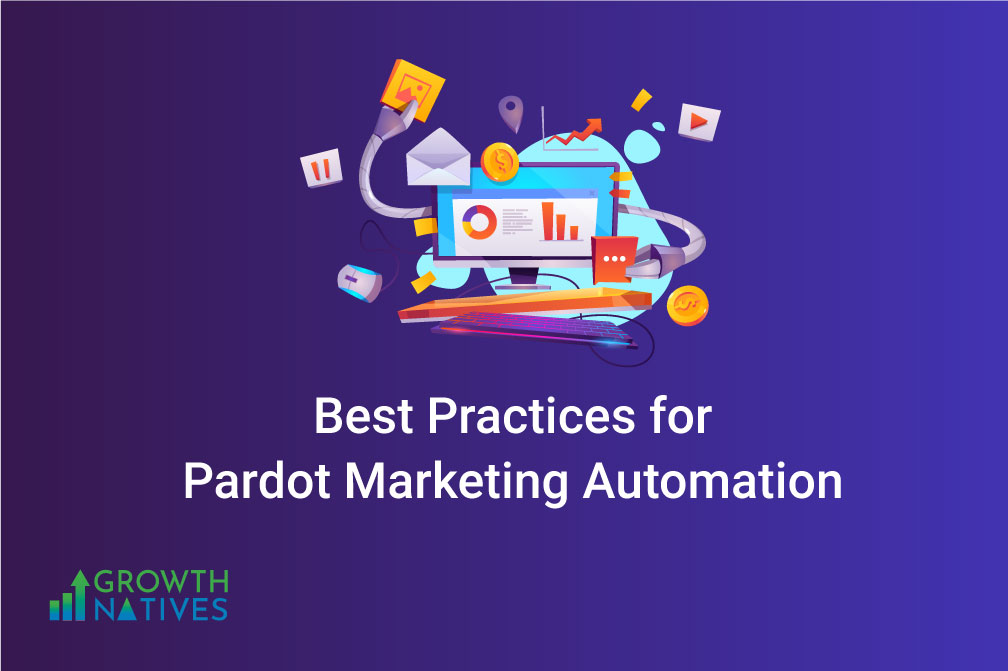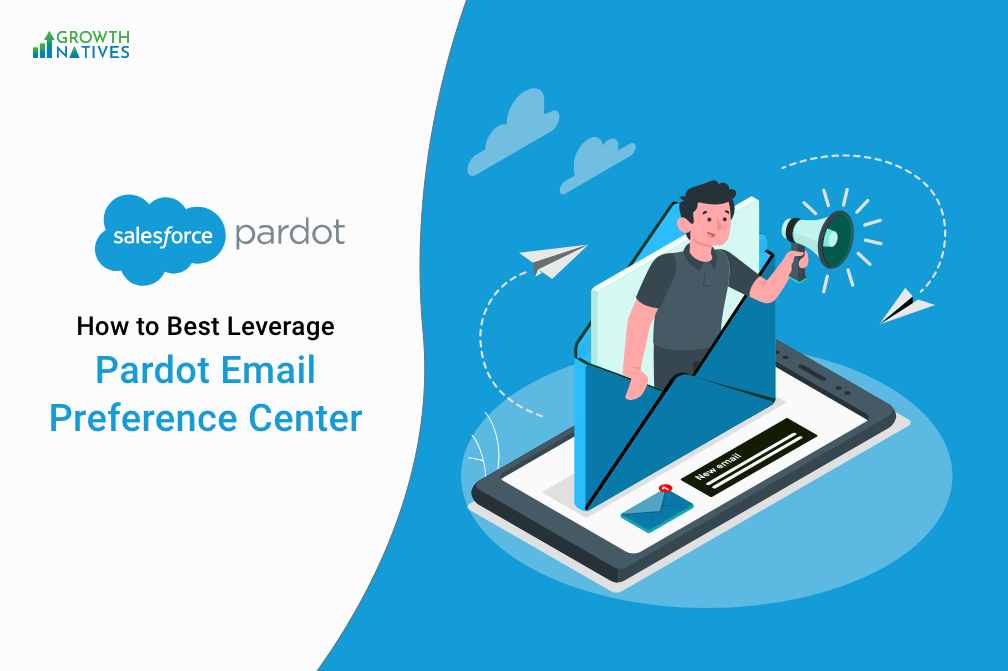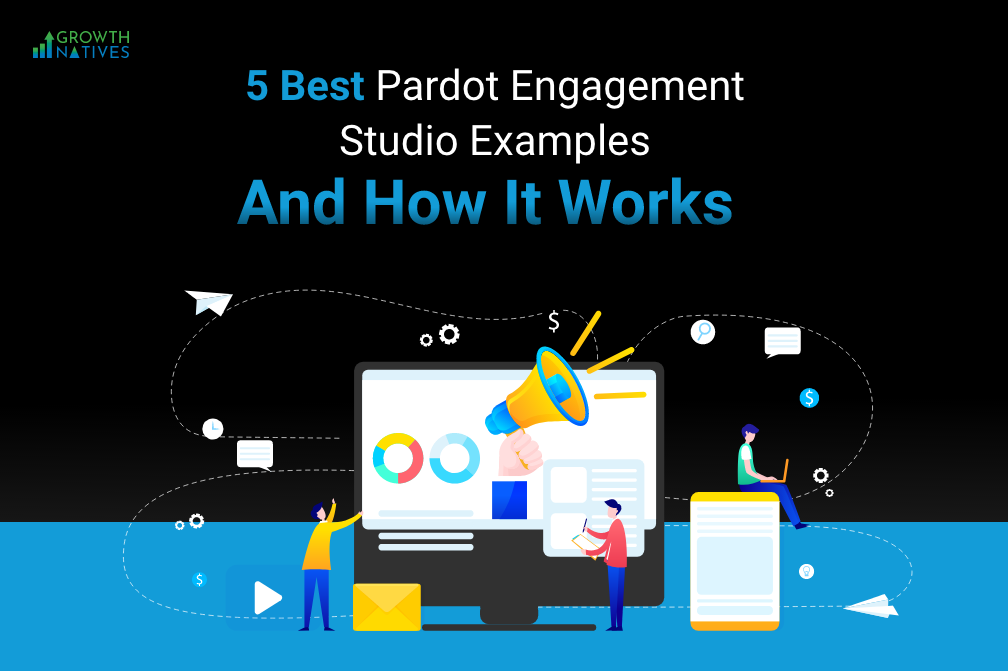
Ten Best Practices For Pardot Marketing Automation Results
By Sakshi Arora
May 26, 20205 min read
He is stating the obvious, yet underlining the essence of marketing automation when Ramsay Leimenstoll says of email marketing, “A small list that wants exactly what you’re offering is better than a bigger list that isn’t committed.” Likewise, Pardot, makes the marketer make the most of the email marketing with the help of personalization, availability of reusable templates, and the opportunity of sending communications as and when apt. Pardot marketing automation also provides assets that help with conversion optimization.
Now the question arises on how to get optimized results from Pardot marketing automation
Here are a few tips:
1) Conduct A/B Testing
Simply put A/B Testing in Pardot shows what shall work the best for a particular marketing campaign. We can send different versions of an email to a part of the target audience. Working backward thereon, we can find out the winning mail that created the most engagement. We can also test names, images, body copy, etc. But the rule of the game is testing often and testing at scale. Improve conversions by leveraging the A/B testing functionality available in Pardot marketing automation.
2) Use dynamic content to personalize the emails
It is a thrice-told fact that personalized emails work with customers like nothing else. Variable tags can be used from the records of a probable customer database to personalize emails. Standard information about companies can be used to create a personalized experience in your Pardot emails.
3) Send Non-marketing emails
One of the best methods to sell is by approaching a customer and not trying to sell! Make sure your email marketing has a healthy mix of knowledge, industry trends, customer stories that engage your prospects without you being pushy on sales. Leverage Pardot to send knowledgeable communications to your audience.
4) Use custom redirects on banners and buttons
The feature enables to track clicks while triggering automated completed actions in Pardot. It helps in getting a sound idea of what the customer is engaging with and enriches their profile with this information. This information comes in handy for the sales team to better understand the history of the prospect’s engagement.
5) Align emails with the right campaign
An improved return on investment (ROI) is always high on the wish list of every marketer. Investment in Pardot is fully justified when the marketer can correlate signups/purchases to particular content or tactic. Likewise all lead generation emails, blog roundups, newsletters, should be assigned to carefully crafted personas and segments. Use segmentation in Pardot to create targeted campaigns and enjoy a higher yield.
6) Track engagements and trends over time
This, by far, can be called the most important yardstick to measure an email campaign’s success. Email tracking is managed by an invisible single-pixel image that Pardot inserts into emails. All emails should have associated UTM parameters so all engagement and resulting actions can be tracked and improvised over time.
7) Set up progressive profiling on forms
It’s no secret that the fewer form fields, the more likely the form will get filled. Pardot system offers strong progressive profiling capabilities. For visitors to your website engaging for the first time, make sure that the forms only ask for information that is really required. However, when they return, having progressive profiling on forms means we get answers to fields that the prospect hasn’t answered before. Over time without being too invasive you can build a clearer picture of the persona in your marketing database. This collected data would enable you to personalize their experience further in future communications through Pardot.
8) Craft engaging autoresponder emails
A mail that is sent automatically when a customer takes an action is called autoresponder mail. These emails can be a great way to send your prospects relevant information right at the moment when they have engaged with your brand. Autoresponder emails can be set in Pardot as a result of action like clicking a button or filling a form. The autoresponder emails provide a tracked touch with the customer and lead them to interact more deeply with your brand.
9) Enable lead scoring
Basically, the feature tracks the engagement of the prospective customer with your brand. It shows how they are related to the marketing campaign and generates scores based on the actions they take. The score helps to position the customer in the funnel and they are flagged for follow up as sales-qualified leads as soon as they have reached your scoring threshold. Score your leads in Pardot and route them to the appropriate level as they move from the top of the funnel to the bottom of the funnel.
10) Schedule sends at the most appropriate time of day and week
There is a feature in the Pardot marketing automation system wherein a marketer can designate the time and day to send email campaigns. Research the best times that work for your specific audience. It could depend on the persona you are targeting. Example - Mothers with school-going children are most likely to open emails between 9 AM and 12 PM. If research is not available, test different day of week and time combinations to determine when you get the most engagements.
Hope you enjoy using the tips as you scale your lead generation and engagement using Pardot as your marketing automation platform. We at Growth Natives have certified Pardot consultants that have helped many companies implement and scale demand generation using Pardot and would love to partner with you. Drop us a line anytime info@growthnatives.com




